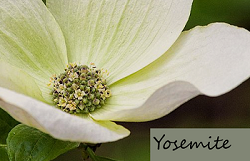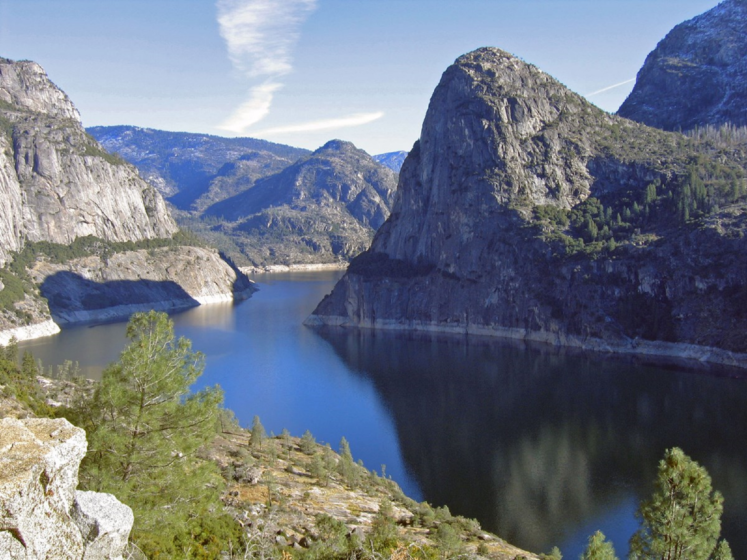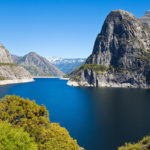History of the valley
Hetch Hetchy was once a resplendent glacier carved valley, with towering cliffs and waterfalls cascading onto a serene valley floor. Pioneer conservationist John Muir called it a “remarkably exact counterpart” to the now world-famous Yosemite Valley – 15 miles to its south. Hetch Hetchy was one of Earth’s most beautiful places.
Due to its glacier carved U-shape, Hetch Hetchy was one of the more hospitable locations in California’s rugged Sierra Nevada. Native Americans are thought to have inhabited the valley year-round. The name “Hetch Hetchy”is derived from the Miwok word “hetchetci”, describing seeds from a prominent grass growing in the valley and from which a mush was made. Paiutes and Washoes regularly visited Hetch Hetchy as well – the name Ahwahnechee is sometimes used for the Native Americns who lived in the Yosemite area. These tribes later shared Hetch Hetchy with European Americans, who first arrived in 1850. For more information on Native Americans and Hetch Hetchy, see “How Did the Hetch Hetchy Project Impact Native Americans?” (Professor Bruce Pierini, 2005) or “Finding the Way Back to Hetch Hetchy” (Restore Hetch Hetchy, 2005).
When Yosemite National Park was created in 1890, Hetch Hetchy Valley was to be protected “in perpetuity”.
But in 1913, United States allowed, for the only time in our history, a single city to appropriate one of our national parks for its own exclusive use. When President Woodrow Wilson signed the Raker Act on December 19, 1913, he permitted San Francisco to build a dam in Yosemite National Park’s spectacular Hetch Hetchy Valley.

Tagged: Tags dam hetch hetchy hike water supply




Comments are closed.